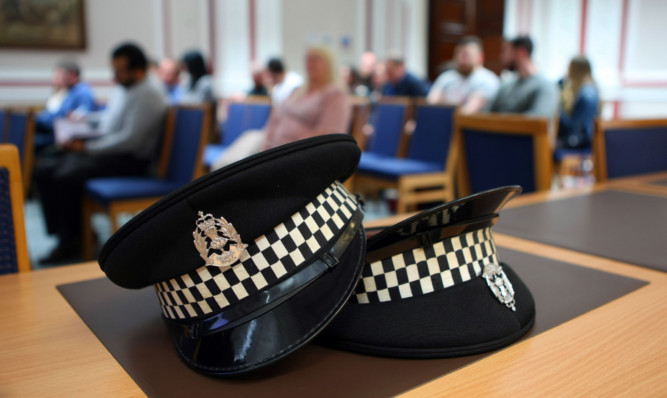Rapes and assaults can be prevented, and we all have the power to stop them.
That is the message put out by Police Scotland Tayside Division’s new licensing unit to bar staff, door staff and the public.
The team hopes to maximise its presence in the area’s licensed premises and work with the industry to prevent trouble.
Sergeant Iain Bethway said: “The majority of crimes of violence, both physical and sexual violence, involve a component of alcohol.
“We want to engage with the bar staff and public and communicate that the police are here to facilitate safe use of alcohol and enjoyment, not stop it.
“There’s a sense that calling the police will get a licensed premises blacklisted, there is a rumour that if the police are called five times we shut a premises down, and that is absolutely not true.
“If we can stop even one assault, or one rape, the effort is worth it.”
The team work with licensed premises to prevent incidents, and emphasised the importance of the role each person plays.
PC Marc Sime said: “You could be on a night out yourself, and just have a word with the barman and say someone doesn’t look so well, or mention to the police that you’ve seen someone being a little too rowdy. That could prevent a problem turning into a serious incident.”
Scott Clark, owner of Clarks on Lindsay Street, welcomed the team.
He said: “We want the trade, and the police, to be proactive and not firefighting. If everyone is conscientious and doing their job we’re hopeful there won’t be many fires to fight. Already we liaise with other premises and with the police.
“A couple of weeks ago we had a fairly rowdy group in, a works night out I think, and once they left we were able to put out descriptions.
“ A few hours later they came back wanting to make a complaint because they couldn’t get into any bar in the town.
“That’s a great example of how everyone in town was able to have a safer and better night through coordination.”
Police and Mr Clark agreed that prevention is better than cure when it comes to nightlife policing.
Mr Clark said: “We do a number of things to ensure we never have to call the police; on a busy night like a Friday or a Saturday, the most senior member will collect glasses on the floor, because that’s the best way to get the mood of the bar, and to spot anybody who might be trouble, or might be in trouble.
“We can liaise with our door staff, and when someone goes out for a smoke they can prevent them coming back in, rather than wading into a group and maybe setting off an incident.”
Sergeant Bethway said: “A police presence helps if people know there are police passing the door every few minutes they’re less likely to kick off.”
